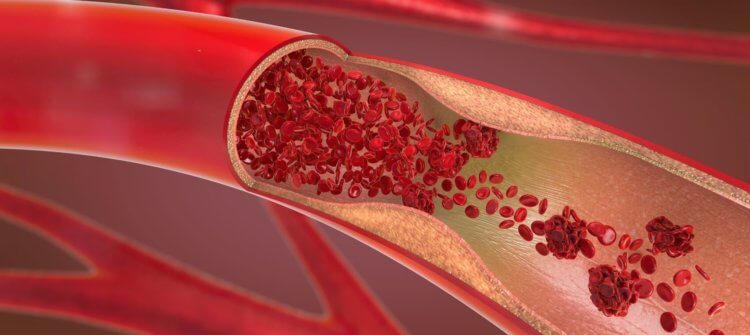NEWS
Created a hydrogel that can stop arterial bleeding

A group of scientists from several Chinese institutions developed a hydrogel capable of stopping bleeding from a punctured artery, one of the strongest and most dangerous for humans. In their article published in Nature Communications, the scientists describe how the hydrogel was made and how well it worked on experimental animals. Uncontrolled bleeding is a very serious situation, both during surgical procedures and the resulting trauma.
In most cases, it is the result of damage to a large artery or organ like the liver. In all cases, decisions must be made immediately, otherwise the victim will die. Now, the treatment of such wounds involves the clamping of an artery followed by suturing to close the wound. In the past, scientists have created a kind of glue to “stick up” wounds, but so far none of them worked as intended - either the glue consisted of toxic materials or was not strong enough to withstand high fluid pressure in the bloodstream. And now, it seems, scientists managed to create a hydrogel that solves both problems.
New hydrogel consists of water, gelatin and a mixture of proteins and other chemicals. It was thought that its structure would be as close as possible to human connective tissues. When ultraviolet light hits the gel, it hardens and thickens, sticking to the wound and preventing blood from flowing out. And all this in 20-30 seconds. Scientists note that the hydrogel can withstand a pressure of 290 mm Hg. Art. - much higher than normal.
Researchers also report that they have tested their hydrogel, puncturing the carotid artery of an experimental pig and imposing a gel on the wound. Hydrogel not only covered the wound (and saved the life of the pig), but also contributed to the healing of the wound. In addition, the hydrogel began to decompose harmless to the body. Then the scientists stopped the bleeding from the femoral artery of the rabbit and from its liver. Additional work on the safety of the gel will be required before proceeding to human testing, but preliminary results can already be considered successful.



